
Supporting women through the messy middle of their careers
International Women’s Day may well be over, but progressive agency leaders remain focused on supporting women at every stage of their careers.
Storytelling unbound

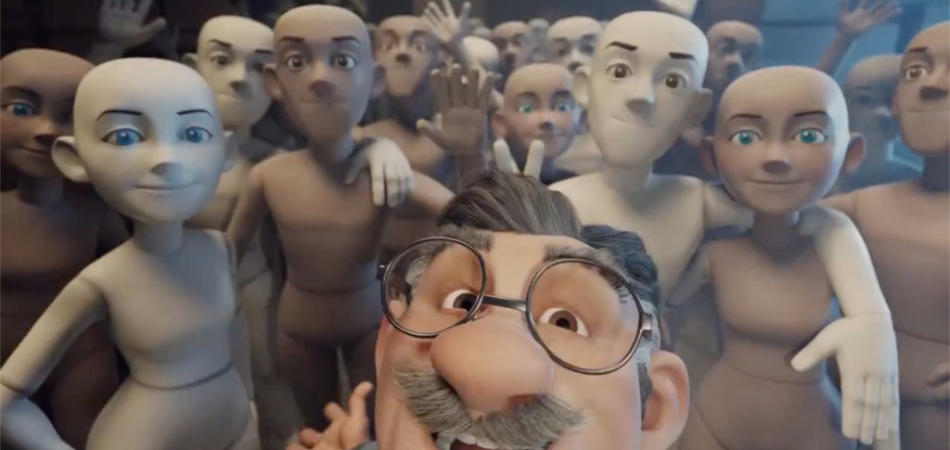
Ever since Bambi’s mum was shot and killed by a deer hunter while trying to help her son find food we’ve been aware of the emotional power of animation. Although techniques have progressed a long way from classical animation, where each frame is drawn by hand, the goal is still the same – storytelling, unbound by time or reality that transcends all age groups and cultures.
More recently we have seen animation used as a tool to talk about bigger issues. Disney’s Zootopia is a thoughtful comment on racism and xenophobia, while Pixar’s most recent film, Finding Dory, helps the audience grasp how terrifying it can be to live with a disability.
Many charities have used animation as a tool to highlight subjects that are difficult or sensitive to talk about. It’s a way of providing anonymity for anyone who might not otherwise be able to share their story.
On many occasions animation has been a catalyst for the brand and film worlds to collide. The idea for the iconic Space Jam movie actually came from a popular 1993 Nike ad, which showed Michael Jordan playing basketball against Marvin the Martian. In 2014 Lego transformed their miniature plastic people into a box office hit. Both films created a huge amount of publicity for the brands and a new revenue stream.
Partnering with an animated character is much like partnering with a celebrity, except there’s less risk of them appearing in the tabloids. Recently Halifax brought Top Cat and the Flintstones out of retirement in a bid to help convince the general public to switch banks. Love or hate the ads, during the period they aired Halifax were topping TNS research stats for ‘Likability’ and ‘Recall’.
Drawing on this emotional power, here are the brands using animation to tell their story.
Justino is the animated protagonist of a short film that launched the 2015 Spanish Christmas Lottery. The film follows Justino’s antics during his lonely nights as a mannequin factory guard, playing with the mannequins so each morning they surprise and delight the daytime office workers.
Animated in the style of a Pixar film, the heart of the story is one of selfless deeds and ultimately friendship.
Within a month the story was viewed over 16 million times. More than 100,000 people started to follow Justino’s nights on his own Instagram account, and shared the days with his co-workers on the factory’s Facebook.
Real events like movie premiers or sporting events were woven into the social media content, and the campaign became the number one trending topic in Spain and 5th in the world.
Films showing alternate points of view from other characters drew fans deeper into the narrative, and it was even possible to buy an authentic Justino scarf.
Most importantly average Christmas lottery spend rose to €55.42 per person.
Agency: Leo Burnett, Madrid
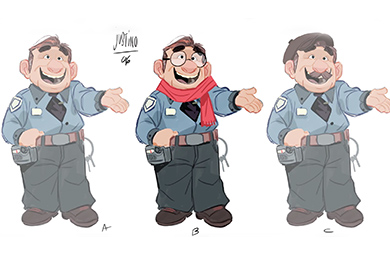
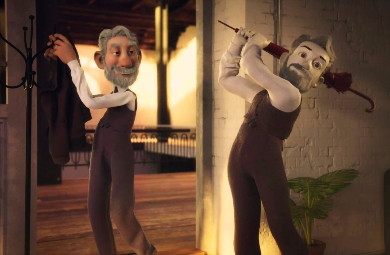
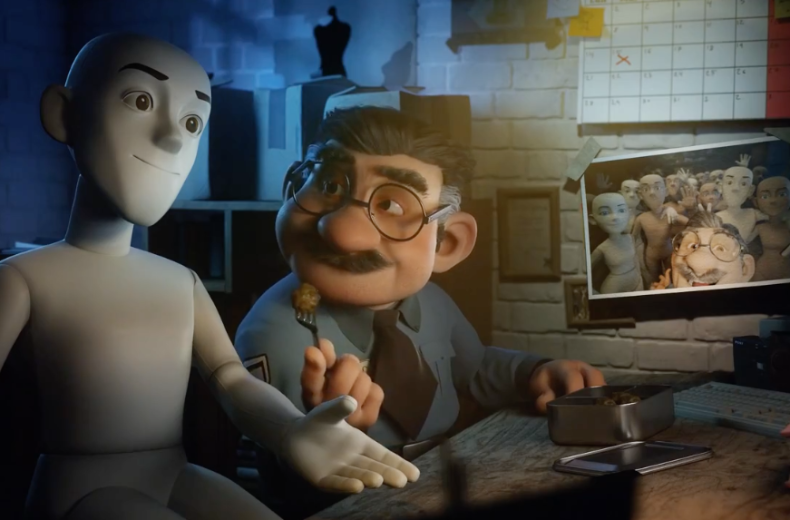
The famous London department store used shoplifting to their advantage when they animated over the top of real-life security footage. The CCTV tapes show thieves with superimposed cartoon-villain heads stealing good and eventually being caught by security and brought to justice. The accompanying soundtrack makes the final film more funny than it is sinister. The ad ends with the tag line, "Love Freebies? Get them legally.”
Agency: adam&eveDDB, London
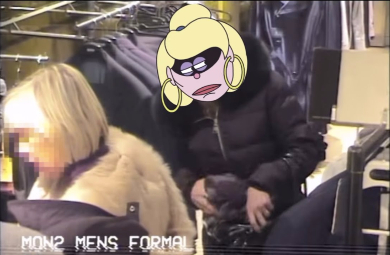
Oscar nominated Director PES took months to create this beautiful and intricate animation for Honda. Conceptually all ideas start with a piece of paper and the animation, which features thousands of hand-drawn illustrations from various artists, follows the evolution of Honda’s products through the years. "This commercial stands for the courage and conviction to imagine and make dreams a reality," said Tom Peyton, assistant VP of marketing for Honda.
Agency: RPA, Santa Monica & Factory, London
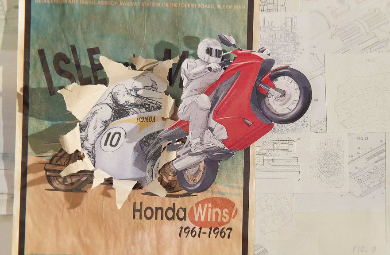
UNICEF launched a series of animated films to help frame positive perceptions towards the tens of millions of children and young people on the move globally. Called Unfairy Tales, the three animations explain the horror behind why they fled. They have been animated in the style of a fairy tale and are supported by an interactive e-book experience also called Unfairy Tales. The Unfairy Tales are part of the initiative, #actofhumanity, which emphasises that children are children, no matter where they come from, and that every child has rights and deserves a fair chance.
Agency: 180LA, Santa Monica
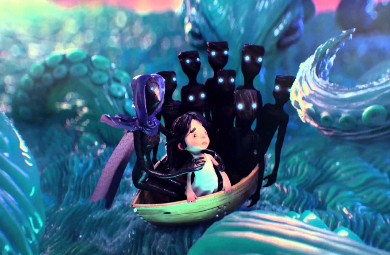
Looks like you need to create a Creativebrief account to perform this action.
Create account Sign inLooks like you need to create a Creativebrief account to perform this action.
Create account Sign in